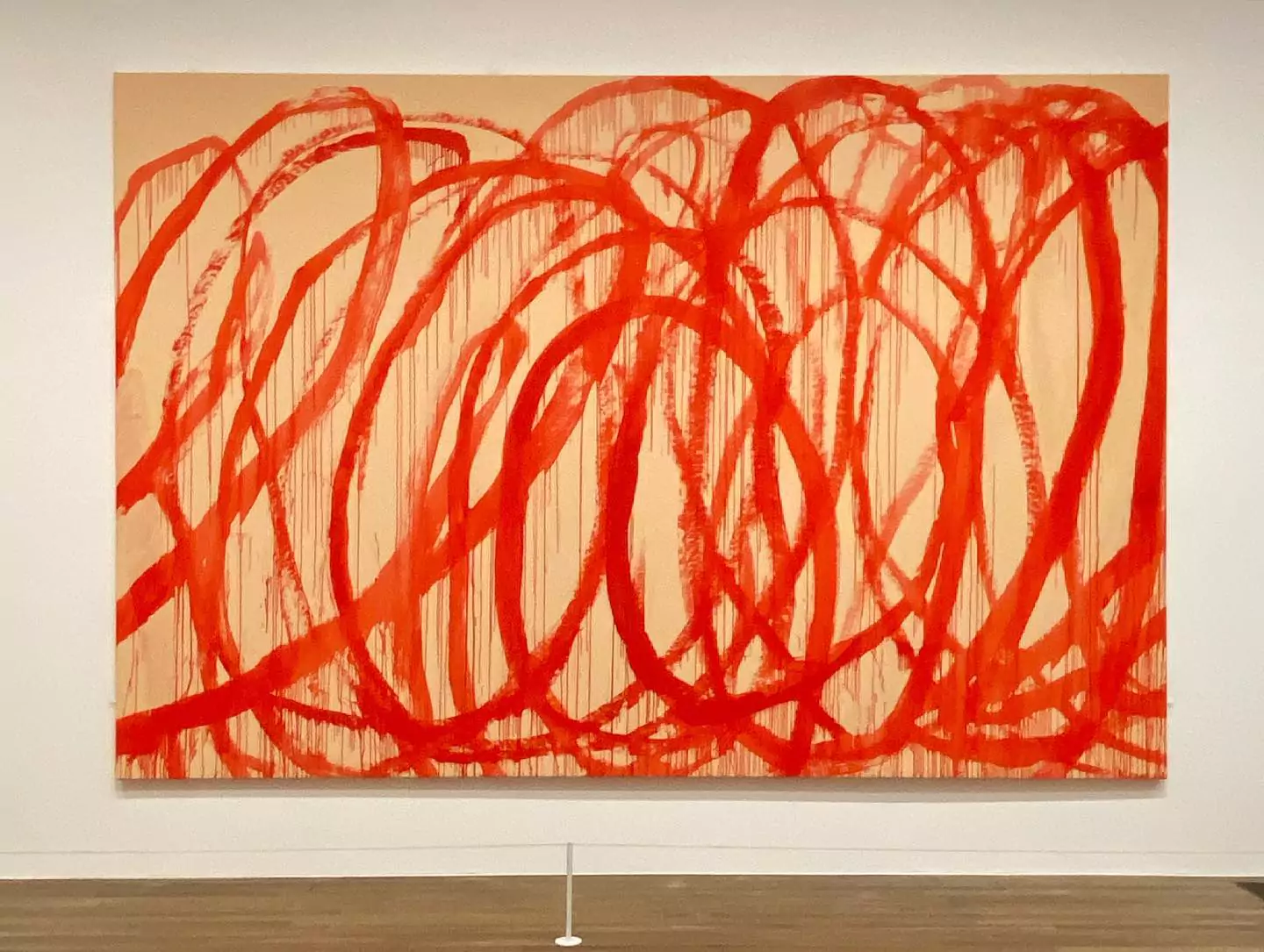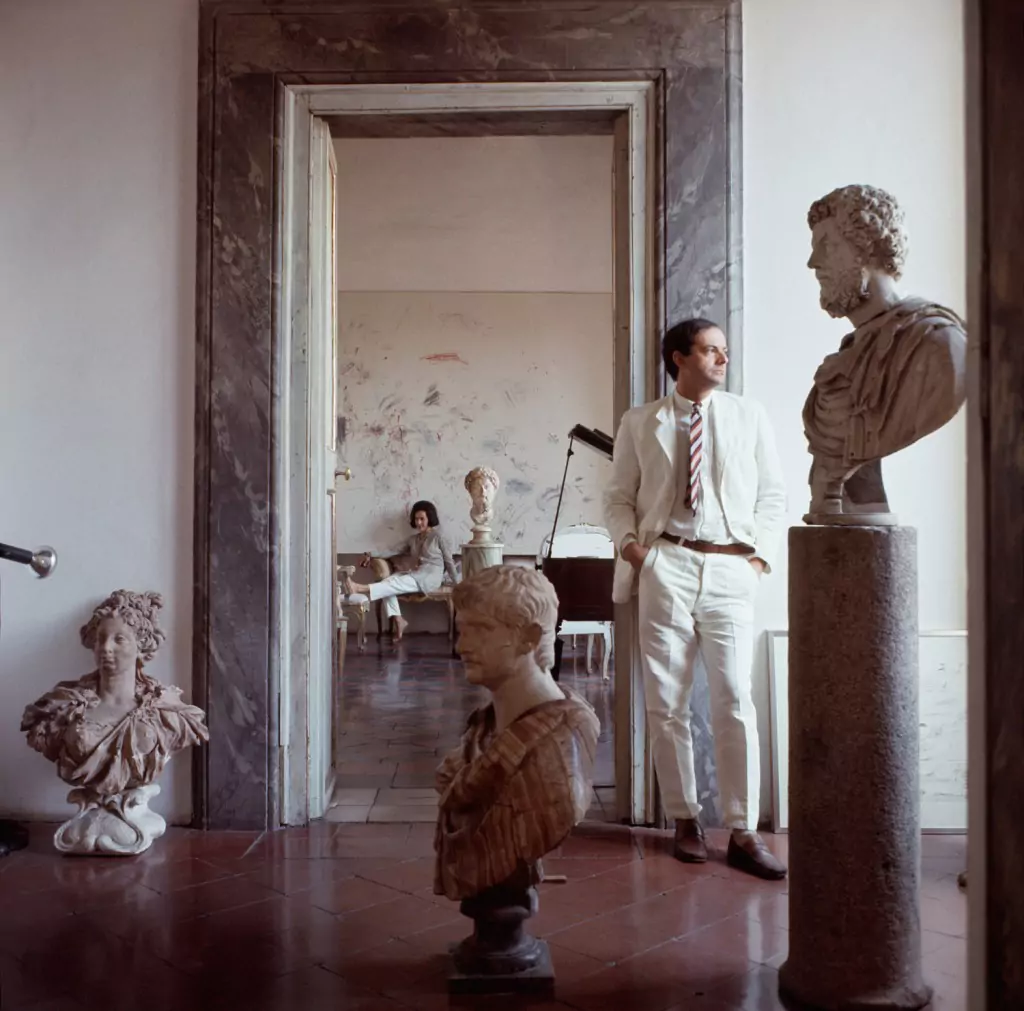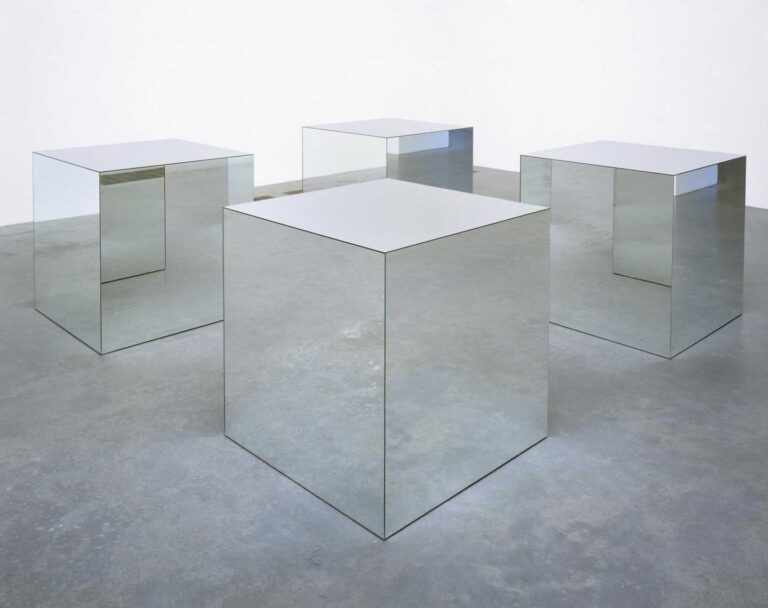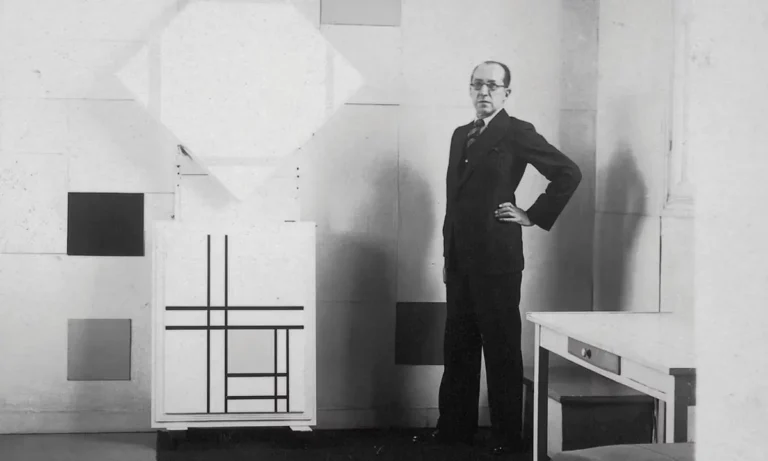Looking for a muse? Check no further. Discover the Best of Art, Culture, History & Beyond!

- Artist: Cy Twombly
- Title: Untitled (Bacchus)
- Year: 2008
- Medium: Acrylic house paint on canvas
- Dimensions: 317.5 × 417.8 cm
- Location: Tate Modern, London
Few paintings embody raw, unrestrained energy quite like Cy Twombly’s Untitled (Bacchus) series. Created in 2008, this monumental work—now housed at Tate Modern—is a visceral explosion of looping, blood-red strokes that seem to dance and clash across the vast canvas. It is a painting that does not just depict movement; it is movement.
A Frenzy of Gesture
At first glance, Untitled (Bacchus) might appear chaotic, a series of aggressive, almost frantic swirls. Yet, within this apparent disorder lies a profound rhythm, an almost musical cadence. Twombly’s gestures are not erratic; they are deliberate, each arc of paint charged with intensity and meaning. The composition is reminiscent of automatic writing, as if the artist’s hand was guided by a force beyond conscious control—perhaps the very spirit of Bacchus himself.
The Mythology of Bacchus
Bacchus, the Roman god of wine, ecstasy, and excess, was a figure of duality—both joyful and destructive. Twombly’s interpretation of Bacchus embraces this contradiction. The sweeping red strokes resemble cascading wine, a tribute to revelry, but they also evoke the spilled blood of ancient battles and sacrifices. It is a painting that revels in pleasure while hinting at violence, celebrating life yet haunted by death.
Twombly had long been fascinated with classical mythology, often referencing Greek and Roman epics in his work. The Bacchus paintings are no exception, linking the ancient world to modern expressionism. This merging of past and present is one of Twombly’s greatest strengths—his work exists in a liminal space where time collapses, where ancient deities feel as relevant as ever.

Materiality and Scale
The sheer size of Untitled (Bacchus) is an essential part of its impact. Standing before it, one is engulfed by its scale, the paint almost overwhelming in its presence. Twombly used house paint for these works, applied with a long brush that extended his reach, allowing for grand, sweeping motions. This technique imbues the painting with a physicality, a sense of the artist’s entire body moving in unison with the brush.
The drips and splatters are not imperfections; they are integral to the composition. They speak to spontaneity, to the immediacy of action, much like the Abstract Expressionists before him. Yet, where Jackson Pollock sought chaos, Twombly finds structure within the disorder, a lyrical fluidity within the storm.
Untitled (Bacchus) is more than just a painting; it is an experience. It does not merely invite the viewer to look—it demands that they feel. The viewer is confronted with an emotional intensity that transcends language, an echo of history, myth, and the primal instincts that connect us all.
For those willing to engage, Twombly’s Bacchus offers an intoxicating journey into the heart of expression itself. It is a reminder that art is not just about representation—it is about sensation, about capturing something ephemeral yet deeply human. And in that, Twombly’s Bacchus is truly divine.

This article is published on ArtAddict Galleria, where we explore the intersections of art, history, and culture. Stay tuned for more insights and discoveries!



